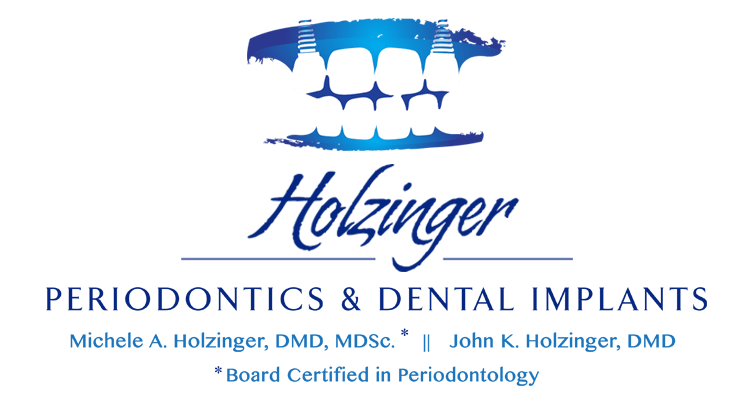Periodontal disease, better known as gum disease, is the most common oral health condition. It is a bacterial infection of the gum tissue caused by plaque. Scaling and root planing is the primary treatment for gum disease. What exactly does this treatment entail? Here’s an overview of the scaling and root planing process.
What is Periodontal Disease?
Periodontal disease is an infection of the gum tissue. When plaque accumulates on the teeth, the bacteria contained in it can invade the periodontal tissue, resulting in periodontal disease or periodontitis. Scaling and root planing is a two-step procedure that is essentially a deep cleaning of the teeth.
The Scaling Procedure
The purpose of scaling is to remove plaque and calculus (hardened plaque) from the surface of the teeth as well as the roots of the teeth under the gums. This requires the gum tissue to be gently pulled away from the teeth, often with local anesthesia to prevent any discomfort. Then dental tools are used to clean the teeth and roots, removing as much of the plaque and calculus as possible, thus eliminating the source of the infection.
The Root Planing Procedure
Root planing is the next step after scaling. This is the process of smoothing out the surface of the roots so that the gum tissue can reattach. The roots of your teeth are softer than the crown of your tooth that is covered with enamel, so when plaque and calculus form on the roots of the teeth, it causes an uneven surface. What happens as a result is that there are tiny spaces between the roots and the gums that allow more plaque to gather under the gum line, perpetuating the cycle of gum disease. The goal of root planing is to eliminate these spaces by creating a smooth surface for the gums to adhere to.
Are Both Procedures Necessary?
In most cases scaling and root planing are performed one after the other in that order. To have scaling without root planing or vice versa leaves an incomplete result that is less effective at treating and preventing gum disease.
The Importance of Periodontal Maintenance
Scaling and root planing may need to be repeated on a regular schedule until gum disease is well managed. This is called periodontal maintenance. The ideal schedule for periodontal maintenance depends on the individual needs of the patient. It is primarily based on the rate at which you develop plaque and calculus on your teeth. Frequency may vary from monthly to every 3-4 months and may change over time.
Frequently Asked Questions About Scaling and Root Planing
Does scaling and root planing hurt?
Because these procedures require access to the tooth roots below the gums, local anesthetic may be used to numb the gum tissue during the procedure. This prevents any discomfort you may feel.
How long does scaling and root planing take?
The procedure can take a few hours depending on the number of teeth that need to be cleaned. For a full mouth cleaning you may need to come in for two separate appointments so that you don’t have to spend as much time in the dental chair in one sitting.
Who Provides Scaling and Root Planing?
Periodontists specialize in the treatment of gum disease, making them the most qualified dental professionals to perform scaling and root planing. Holzinger Periodontics & Dental Implants provides periodontal maintenance on a customized schedule to meet your needs. Our goal is to help you manage your gum disease for the overall benefit of your oral health.
To learn more, contact us today and schedule an appointment.

